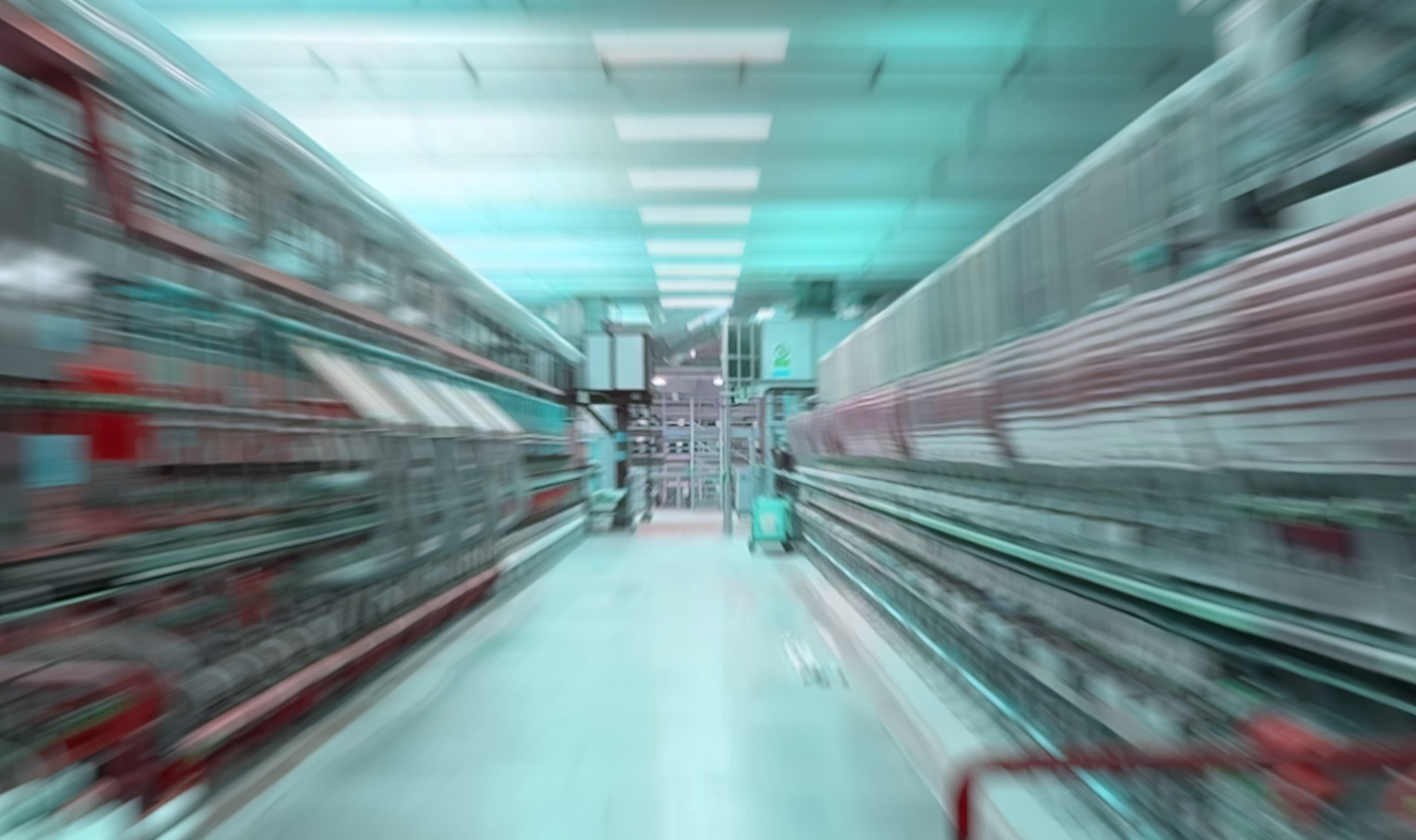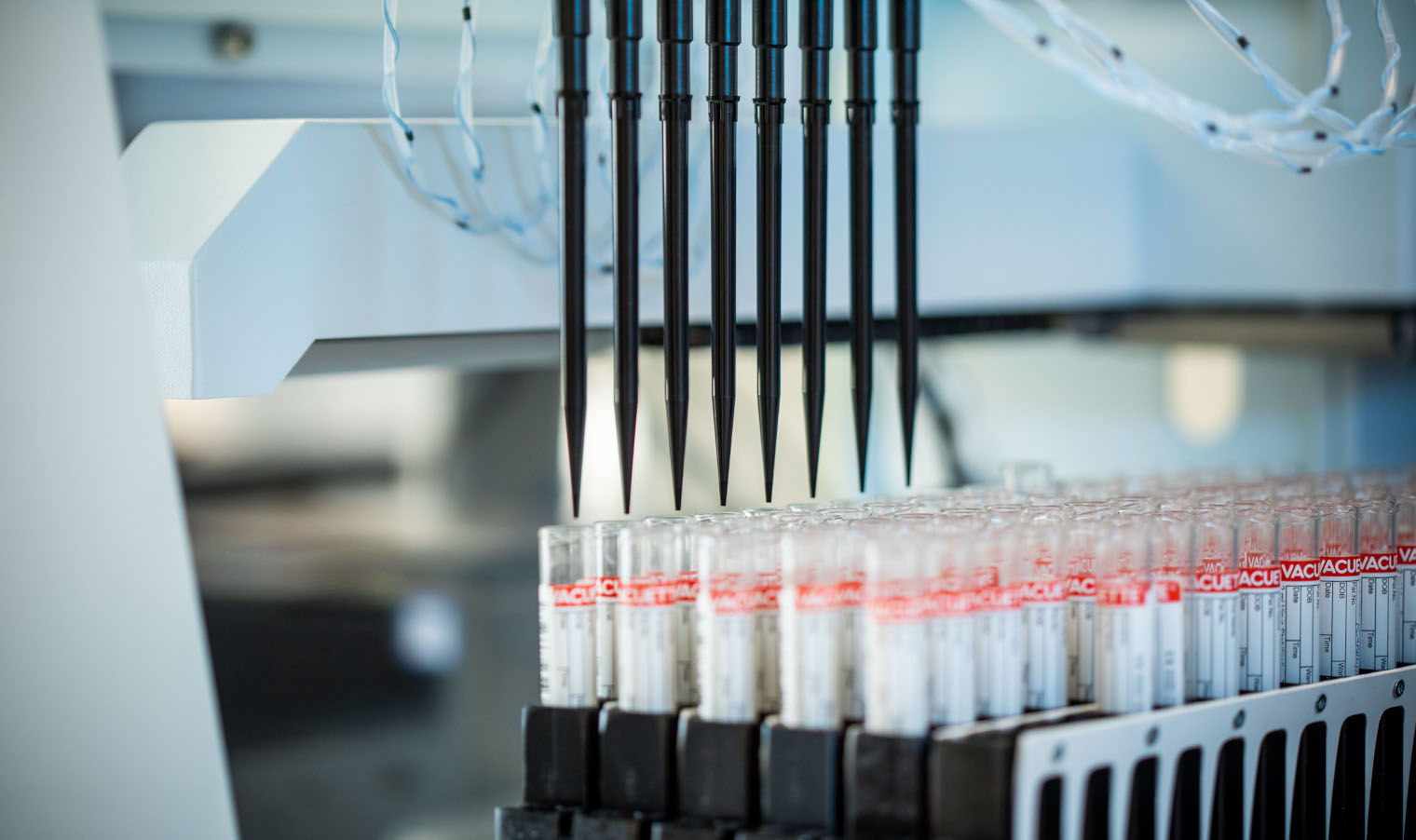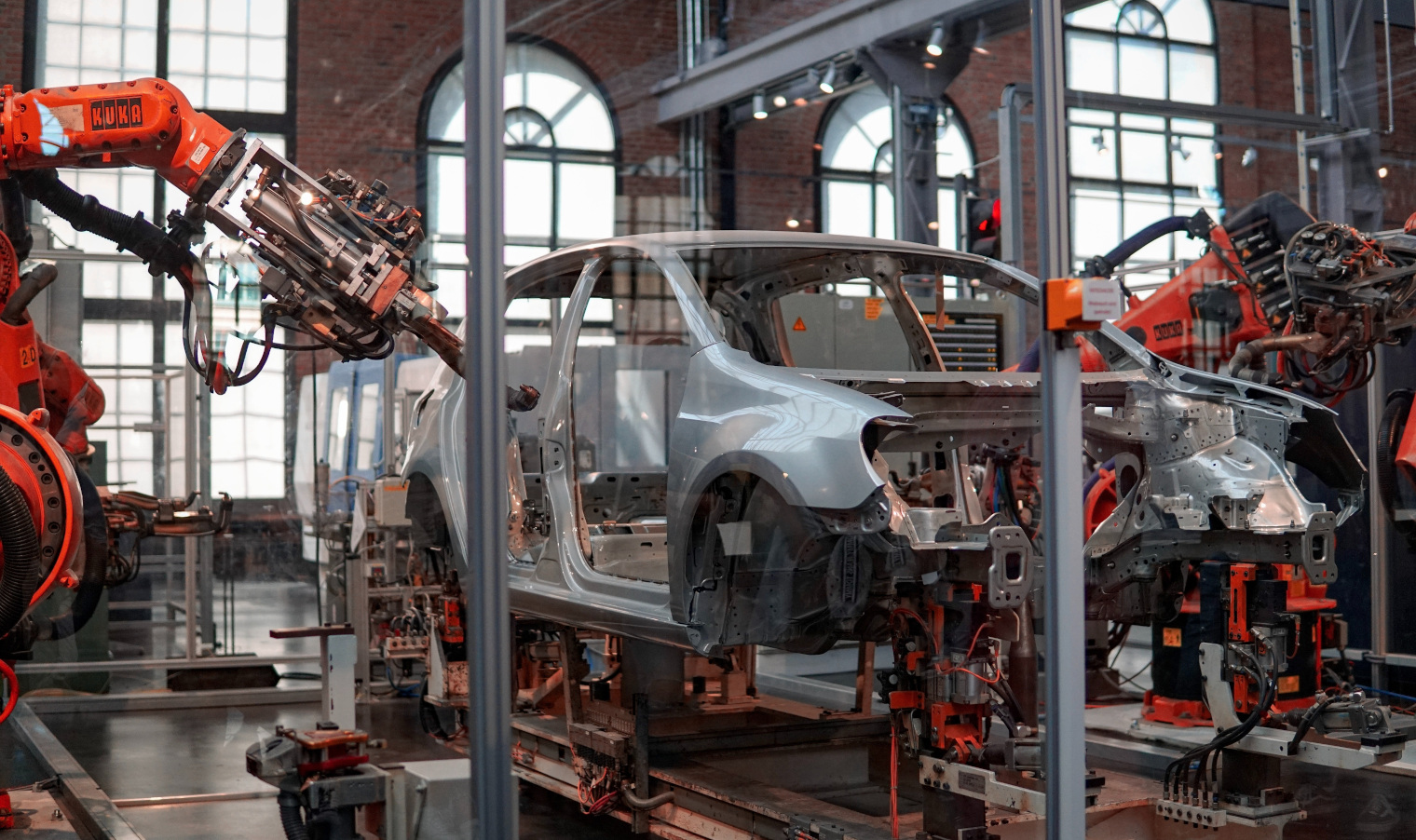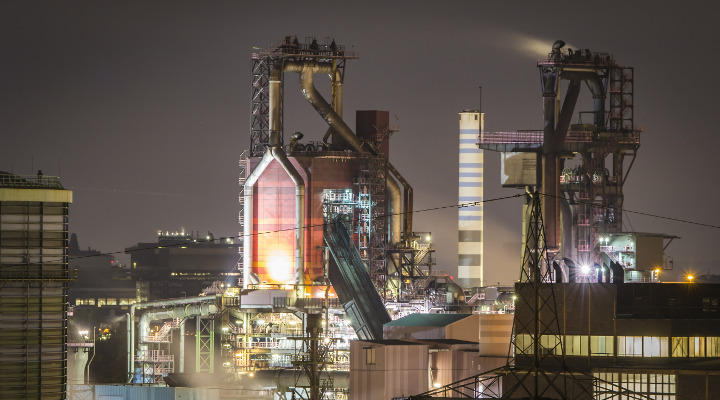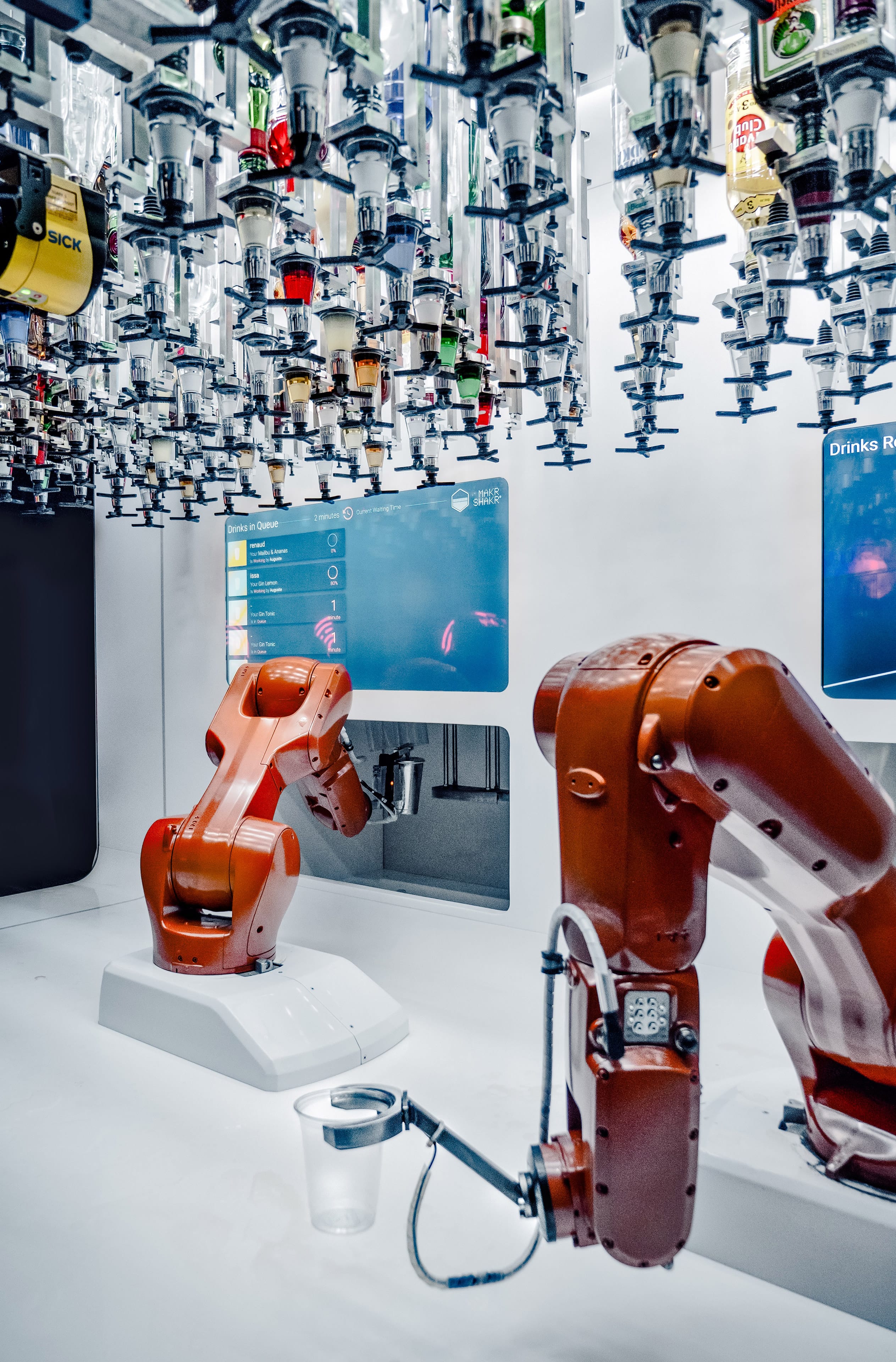
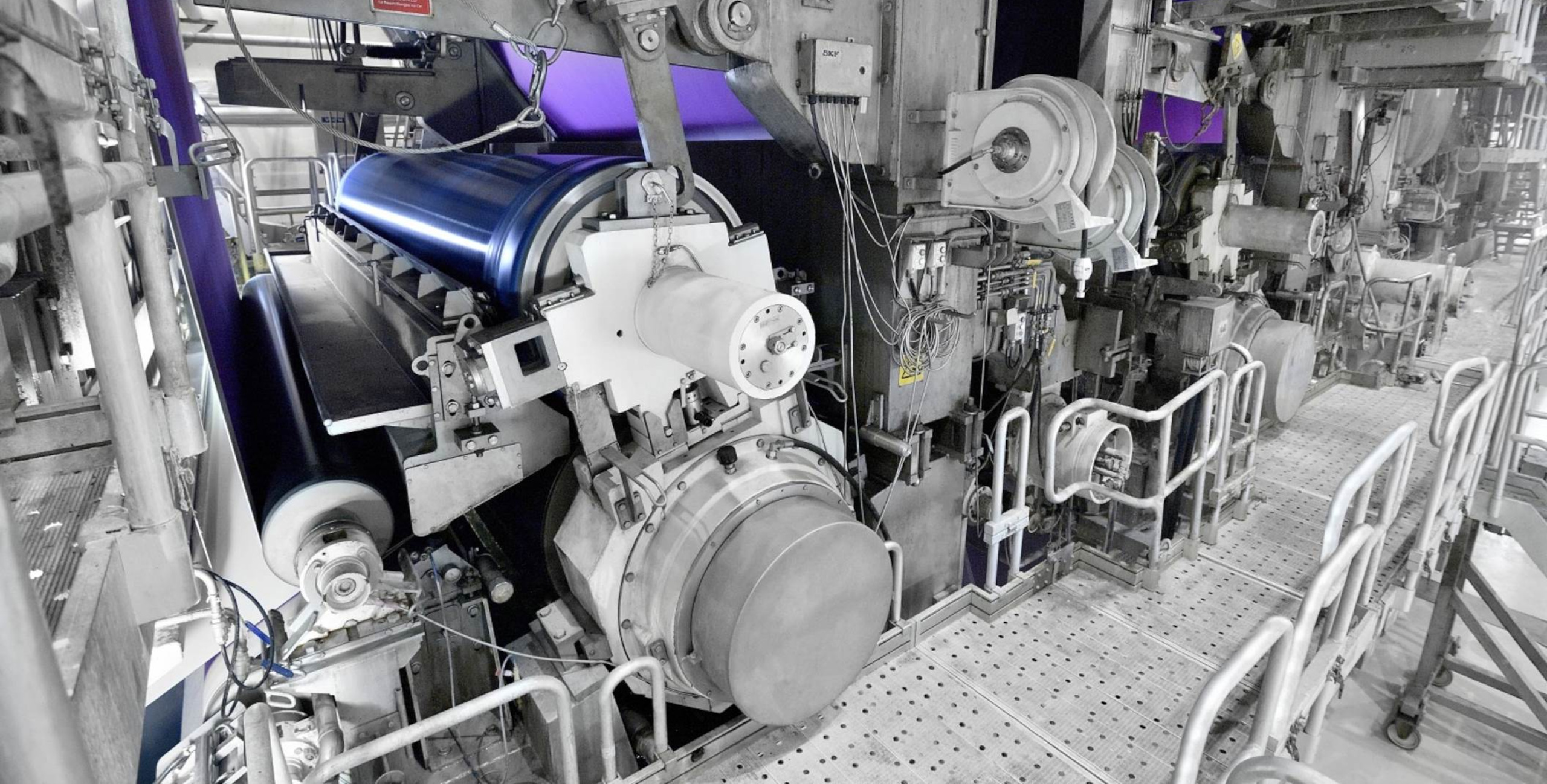
The degree of automation in industrial production is constantly increasing and with it the complexity of the plants. At the same time, the demands on machine availability are increasing in global competition. Inseparably linked to production, maintenance plays a key role in the value chain – it is becoming a critical competitive factor for manufacturing companies.
Syngroup, Austria’s leading process consultancy for industry, has been deeply anchored in its core sectors since 1995. In a multitude of successfully implemented projects, we support companies worldwide in efficiently deploying their (software)-technical and human resources and in using lean processes in the direct and indirect areas as a profit-increasing competitive advantage. Based on this experience and a predominantly operational perspective with a focus on production and logistics technologies, we can derive 4 trends in maintenance in the medium term that will significantly shape and change its development and role in the company.
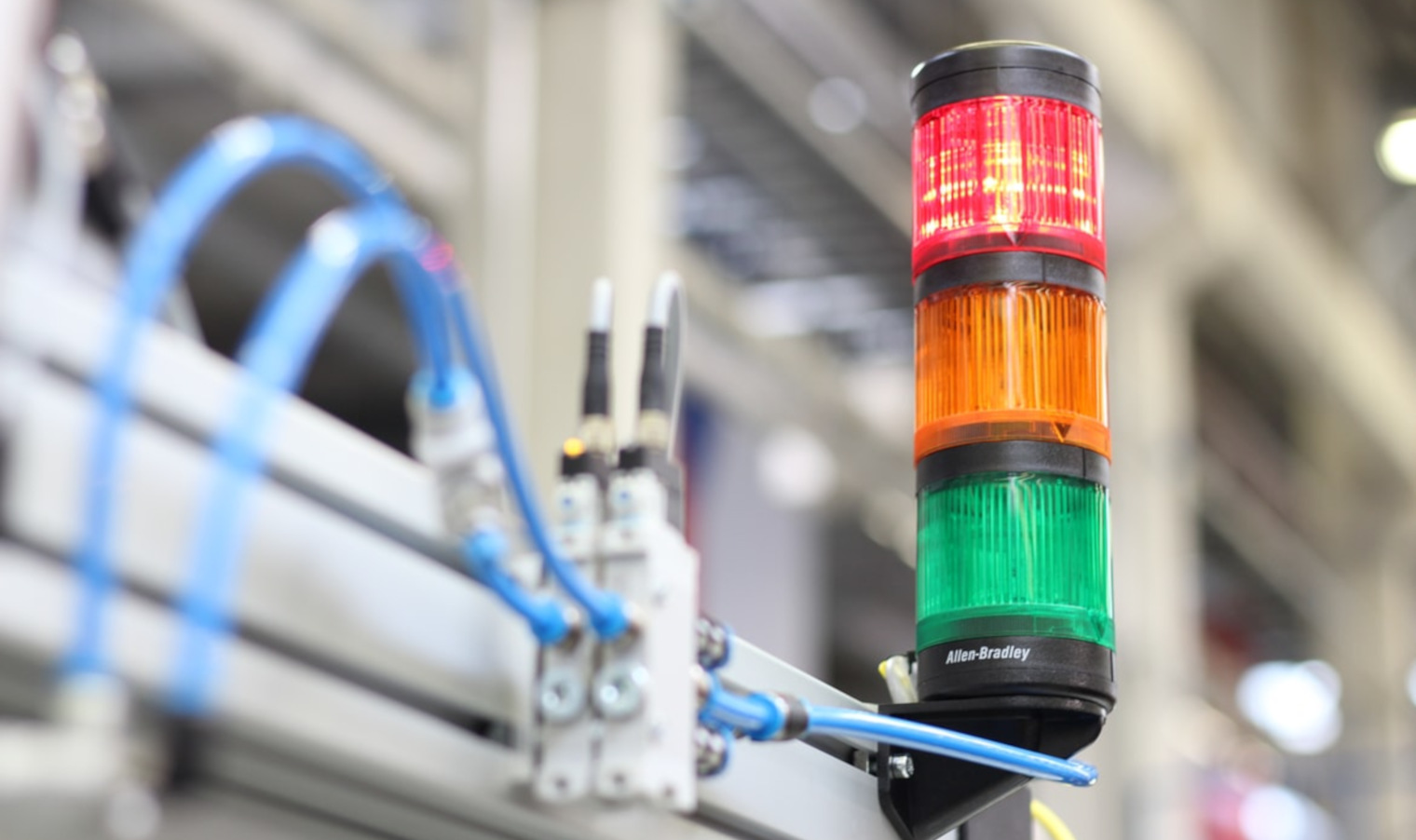
Too many companies still see maintenance as a pure cost factor. The awareness that increased plant availability contributes significantly to increased profits is not yet universally anchored. Only perfectly running machines ensure process stability, which is a prerequisite for the manufacture of fault-free, high-quality products.
„When something happens you are always too slow,
when nothing happens you are always too expensive.”
Maintenance manager, metal industry
How critical a perfectly running plant is depends on the constantly changing market situation or is often seasonally uneven. This is not yet sufficiently taken into account today. Often, maintenance plans are set once for a longer period of time. Dynamic maintenance strategies allow the best possible use of available resources. Transparency about production and real-time information about downtimes enable maintenance and repairs without affecting plant availability.
Expertise is often tied up in the heads of individual employees, which makes flexible and demand-oriented deployment much more difficult. Knowledge management and job rotation are the basis for a flexible compensation of workload differences. More and more new technologies are being used in production, which should be additionally services by maintenance and ideally further developed in line with demand. A new, upgraded and attractive job profile is emerging for future plant technicians. Companies must meet the challenge of a generational change and also take along the experienced employees with their valuable knowledge into the world of new technologies. It is essential to position the value of maintenance within the company accordingly.
„Job profiles in maintenance are changing significantly ,
with high demands on IT competence. Today, we are facing
in fierce competition for the right people“
CEO, Technical services
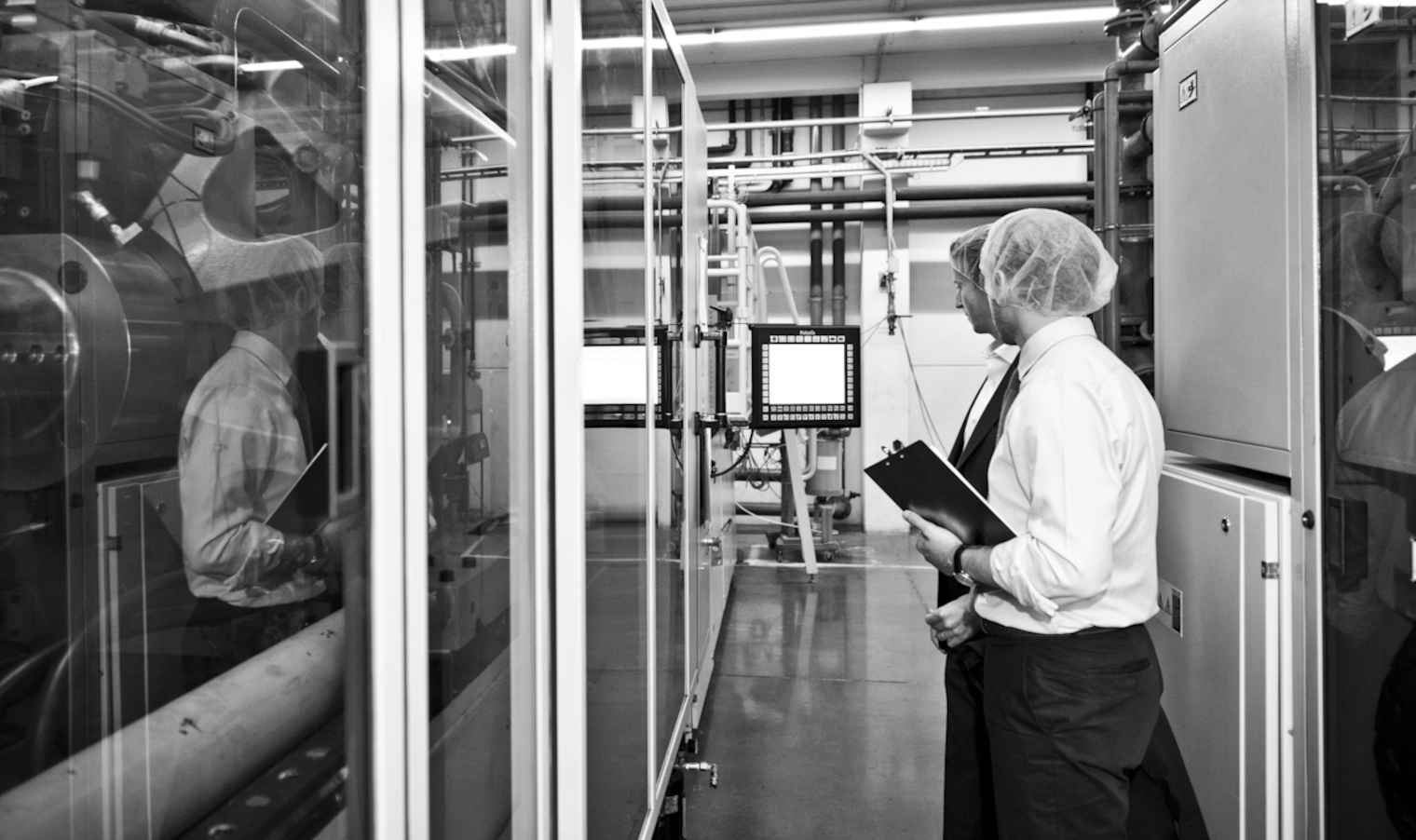
In order to cope with the new, more dynamic requirements and to continue to control the organization, the basic structures must be in place. It is and remains inevitable to continuously analyze the problems, prioritize them and develop solutions. Data can help in the evolution from an experience-based (subjective) to an objectified (data-based) approach, e.g. in the context of defining maintenance intervals. They do not replace the consistent implementation of CIP.
„Existing virtues are supported by new technologies but by no means become obsolete.“
Managing Director, Packaging industry

Today, almost every company has a large amount of data at its disposal. In most cases, however, it is only possible to draw meaningful conclusions from this data with considerable effort. The focus is not on what is technically feasible, because whether it is an increase in ROI or greater sustainability – at the end of the day, it must pay off. When going through the iterative approach from the ‘data’ to the ‘value-adding use case’, it is almost impossible to consider all influencing factors.
„There are almost no Shortcuts“
CTO, Automotive supply industry
It is necessary to test various approaches in pilot projects for their practical suitability and to develop a tailored solution from the best ones for the specific application need. New methods such as text mining are increasingly being used, which promise to generate information with added value from unstructured data. At best, these can only partially compensate for the disadvantages of inadequate data collection.
A solid organization, lean processes, valid key figures and, above all, data quality in line with requirements form the framework conditions under which modern maintenance can function efficiently and be developed effectively. There is no single solution for achieving a decisive competitive advantage with the help of this upgraded area, nor is there a linear path to this goal. New technologies and ways of working are constantly being introduced, which have to be tested, evaluated and finally implemented or discarded. They represent both an opportunity and a challenge for the development of companies. In the best case, a modern maintenance organization offers new, attractive job opportunities for young employees without losing the know-how of the experienced ones. And it opens up opportunities for value enhancement – through increased margins, improved quality or even more sustainable use of resources.











